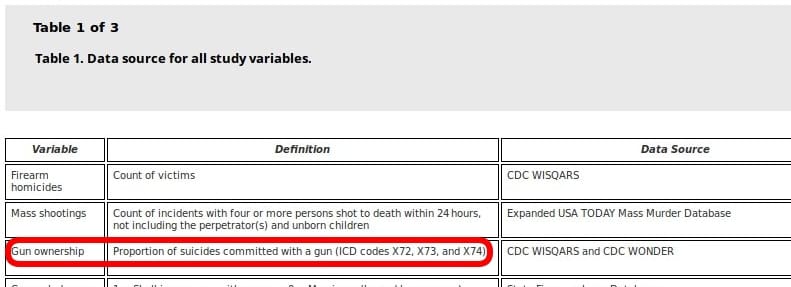Apollo 15 Astronaut Al Worden passes
Former astronaut Alfred M. Worden, command module pilot on the Apollo 15 lunar landing, passed away March 18, 2020, in Texas.
“I’m deeply saddened to hear that Apollo astronaut Al Worden has passed away,” NASA Administrator Jim Bridenstine tweeted about Worden. “Al was an American hero whose achievements in space and on Earth will never be forgotten. My prayers are with his family and friends.”
As command module pilot, Worden stayed in orbit while commander David Scott and lunar module pilot James B. Irwin explored the Moon’s Hadley Rille and Appennine Mountains. Apollo 15’s command module, dubbed Endeavour, was the first to have its own module of scientific instruments. During the flight back from the Moon, Worden made three spacewalks to retrieve film from cameras in the module. Altogether, Worden logged more than 295 hours in space.
“The thing that was most interesting to me was taking photographs of very faint objects with a special camera that I had on board,” Worden told Smithsonian Magazine in 2011. “These objects reflect sunlight, but it’s very, very weak and you can’t see it from [Earth]. There are several places between the Earth and the moon that are stable equilibrium points. And if that’s the case, there has to be a dust cloud there. I got pictures of that.”
Like other command module pilots, Worden stayed as busy as his colleagues on the surface. But he also took some time to enjoy the view.
“Every time I came around the moon I went to a window and watched the Earth rise and that was pretty unique.”
After retirement from active duty in 1975, Worden became President of Maris Worden Aerospace, Inc., and was Vice-President of BF Goodrich Aerospace Brecksville, Ohio, in addition to other positions within the aerospace and aviation industries. Worden wrote several books: a collection of poetry, “Hello Earth: Greetings from Endeavour” in 1974; a children’s book, “I Want to Know About a Flight to the Moon”, also in 1974; and a memoir, “Falling to Earth,” in 2011. His interest in educating children about space led to an appearance on “Mr. Rogers’ Neighborhood”.
Worden was born Feb. 7, 1932, in Jackson, Michigan, on February 7, 1932. He was appointed to the United States Military Academy at West Point, graduating in 1955. He earned master of science degrees in astronautical/aeronautical engineering and instrumentation engineering from the University of Michigan in 1963. In 1971, the University of Michigan awarded him an honorary doctorate of science in astronautical engineering.
Before becoming an astronaut, Worden was an instructor at the Aerospace Research Pilots School. He had also served as a pilot and armament officer from March 1957 to May 1961 with the 95th Fighter Interceptor Squadron at Andrews Air Force Base, Maryland.
Worden was one of 19 astronauts selected by NASA in April 1966. He served as a member of the astronaut support crew for Apollo 9 and as backup command module pilot for Apollo 12.
After leaving the astronaut corps, Worden moved to NASA’s Ames Research Center in Mountain View, California. He was the Senior Aerospace Scientist there from 1972-73, and then chief of the Systems Study Division until 1975.



